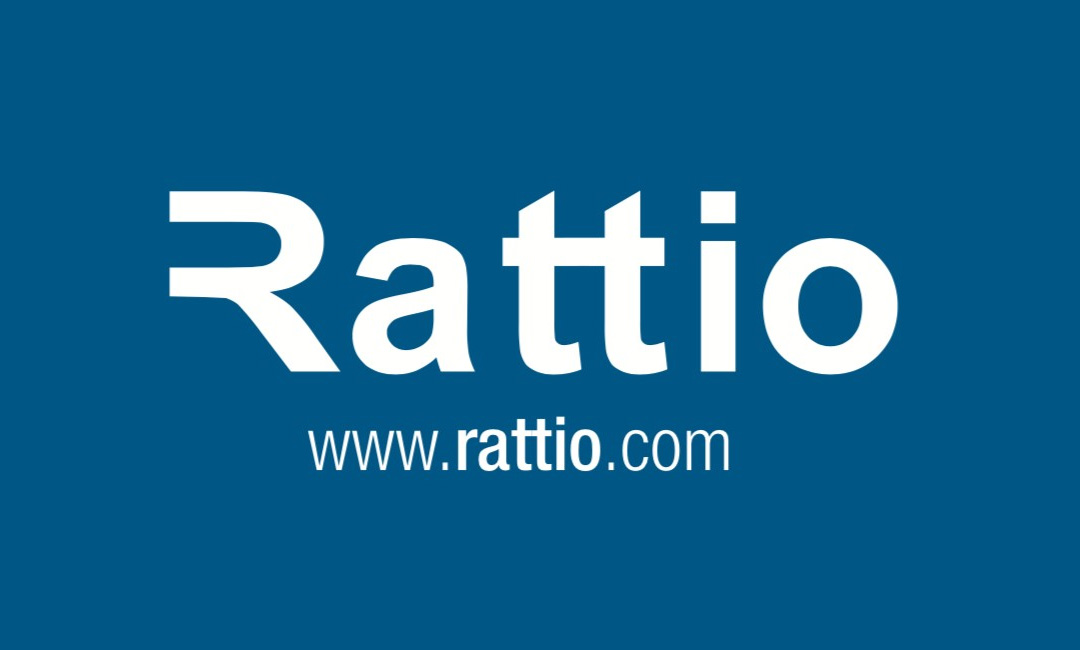
by Rebeca | Sep 4, 2020 | Customer
Idealista requests our services from the need to secure and improve access to its server network. In this case, Soffid allows the company to maximize the productivity of the organization by enabling user automation.
We are proud to be able to participate in projects of this type that allow us to contribute to the improvement of the day-to-day operations of large companies such as Idealista.

by Rebeca | Sep 4, 2020 | Customer
CIM Finance is a financial institution, so that, it needs a perfect audit and legal compliance solution for all the access control systems.
This organization has a quite old legacy system based on Informix. Soffid is able to show an unique interface to each users, regardless of they access to the active directory by linux or informix system.
Thanks to Soffid, the organization has reduced it cost by 66%. Now, the software only manage one identity instead of three ones. It was connected with Office 365.
Informix was not able to manage the the password life cycle correctly, so CIM Finance trusted Soffid and we solved that problem with a synchronization through Active Directory.

by Rebeca | Aug 28, 2020 | Partner
With headquarters in the UAE and serving regional and global customers, ixtel is a leading digital services company, providing a broad range of services and solutions in strategy consulting digital technology and operations. We shape our clients’ future, combining deep business insight with the understandings
Ixtel’s vision is “ To be the standard of excellence while contributing to the sustained growth of the economy by helping our clients create their future through digital transformation & innovation”
Our mission is “ To be a global leader in providing the smarter digital business solutions and services”.
For more information, please visit: https://ixtel.com/

by Rebeca | Aug 28, 2020 | Partner
Rattio is the first company with certified technicians and experience in Soffid; It has a group of professionals with experience since 2007 implementing Identity and Access Management projects. We are currently operating in Colombia, Ecuador and Peru.
Our services are focused on data protection and regulatory compliance such as ISO 27001, PCI, Cobit, LPPD (Data Protection Law) managing the life cycle of internal, external and privileged users aligning the institution’s processes under the vision of an Information Security Government.
For more information, please visit: https://www.rattio.com

by Rebeca | Aug 28, 2020 | Partner
Fujitsu is the leading Japanese information and communication technology (ICT) company, offering a full range of technology products, solutions and services. Approximately 132,000 Fujitsu people support customers in more than 100 countries. We use our experience and the power of ICT to shape the future of society with our customers.
Fujitsu delivers total solutions in the field of information and communication technology. Along with multifaceted services provision, our comprehensive business encompasses the development, manufacture, sales and maintenance of the cutting-edge, high-quality products and electronic devices that make these services possible.
For more information, please visit: https://www.fujitsu.com/






